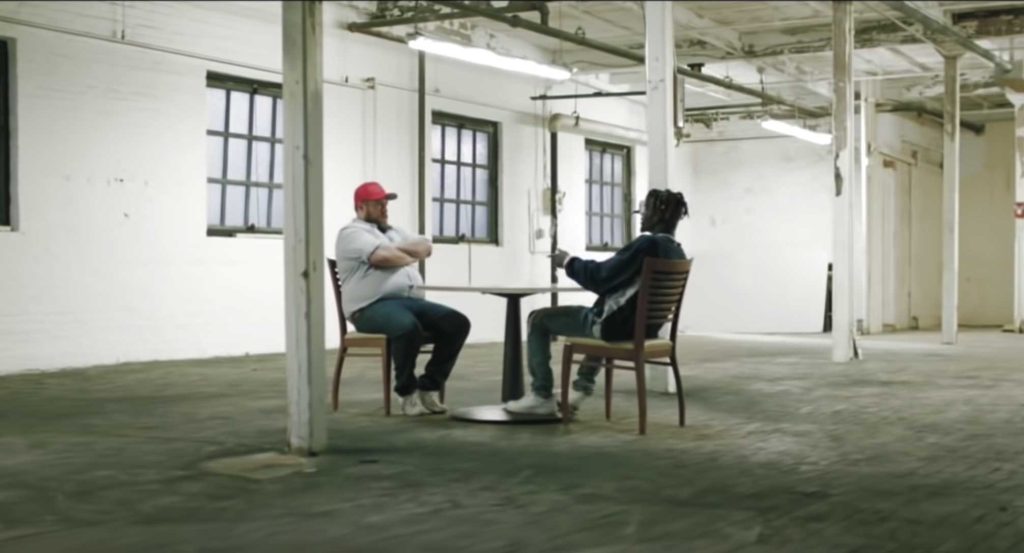Step into the future
5 min reading timeTo create real magic in your communication, it is essential to make sure you have thought about the following three elements: ME - Show your most powerful self - say SOMETHING - Dare to say what you really want to say - to YOU - Inspire the other person to take action. When communicating, those three elements essential.
Why a magic communicator talks about the future
The future inspires us, challenges us, empowers us, gives us hope, makes us uncertain, comforts us, makes us curious. The future influences us, but we also influence the future. There are actual circumstances in the future that determine our living environment. But how we meet those circumstances is up to us.
Having a Vision of future demonstrates leadership
I believe it is the hallmark of leadership: a leader that is able to take his audience by the hand to a place in the future. All great leaders, past and present, had one thing in common: they had their own vision of the future and from that vision they knew how to bring about change. And that is why the concept of the future in your story is so important, because you too want to bring about change with your message. A clear vision of the future gives your audience the feeling that they understand why the change you envision is so important, and that is your goal.
Be your own trend watcher
Companies hire expensive trend watchers to come and tell them what the future looks like. And really, that's crazy, because who knows better where things are going in any given industry, than the people who work in it? In 1983, for example, Steve Jobs gave what appeared to be a pleasant talk at an event in Aspen. This was the time when apple was only synonymous with an actual apple. He talked about the advent of the Internet, which his listeners found quite funny as an idea. And he made some more predictions:
We're about five years away from really solving the problem of hooking these computers together in the office. And we're about ten to fifteen years away from solving the problem of hooking them together in the home.
Even the timing of this future was on the money. Fifteen years later, there was the Internet. And the App Store he foresaw too, even if we had to wait 25 years for it:
We need the equivalent in the software business. We need a software 'radio station'. (...) Where we'll be going is transmitting this stuff electronically over the phone line (...) and we'll go directly from computer to computer.
And doesn't this sound a little bit like an iPad:
What we want to do is, we want to put an incredibly great computer in a book that you can learn how to use in twenty minutes.
27 years later, almost everyone has one. And depending on how you listen to the speech, he's also already predicting Google Maps, the iPhone and voice recognition. Although with the latter, he honestly added: this will be very difficult.
Can you also show us the future of your industry?
Dream and Doom
You can take your audience into your vision of the future, and there are essentially two ways to do that:
- The future as an opportunity: “We have the chance to make the future better than the present.”
- The future as a risk: "What will happen in the future if nothing changes now?”
In a probability scenario, outline how you see the world if you and your audience take the opportunity to improve the present. If that customer chooses you as their supplier, what will their world look like in a few weeks? Or two years from now? What would happen if you really took your audience into that future? Sketch your "man on the moon" future scenario for your audience to get them moving.
In a risk scenario, you sketch what you think the world would look like if nothing changed. To bring that picture to life, ask yourself the question: what happens if there are no budgetary cuts? What happens if your customer doesn't invest? What risks do we face? Maybe this is what your story needs for lasting impact.
More SOMETHING: make the future tangible
Take your audience into a future that appeals or scares them, so they will better understand why change is needed. Bring your vision of the future to life in the minds of your audience and create contrast with the past and present. What will your future look like if you put a clear, imaginative vision of the future in your stories? Be inspired by Steve Jobs, and go with it!



